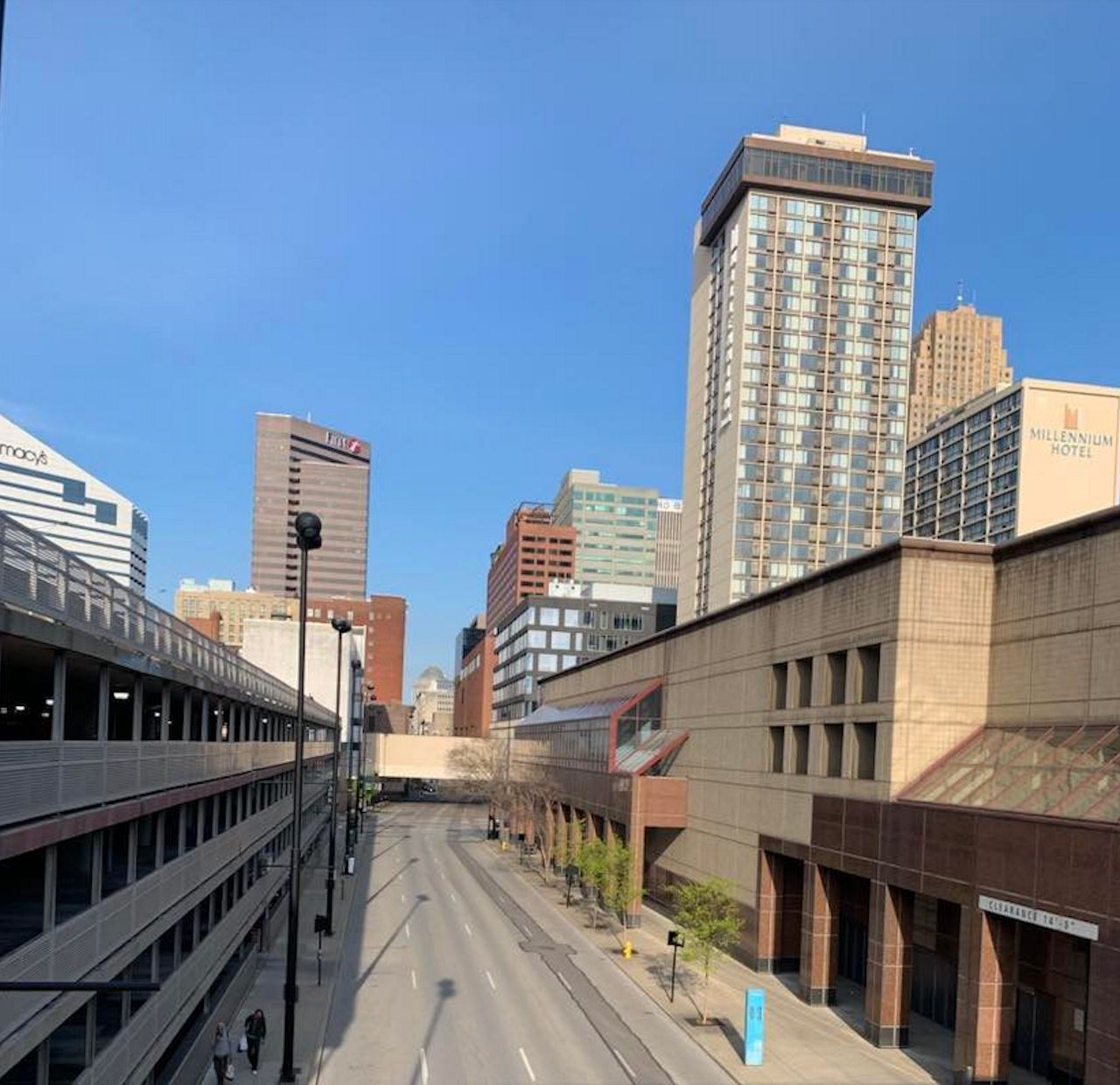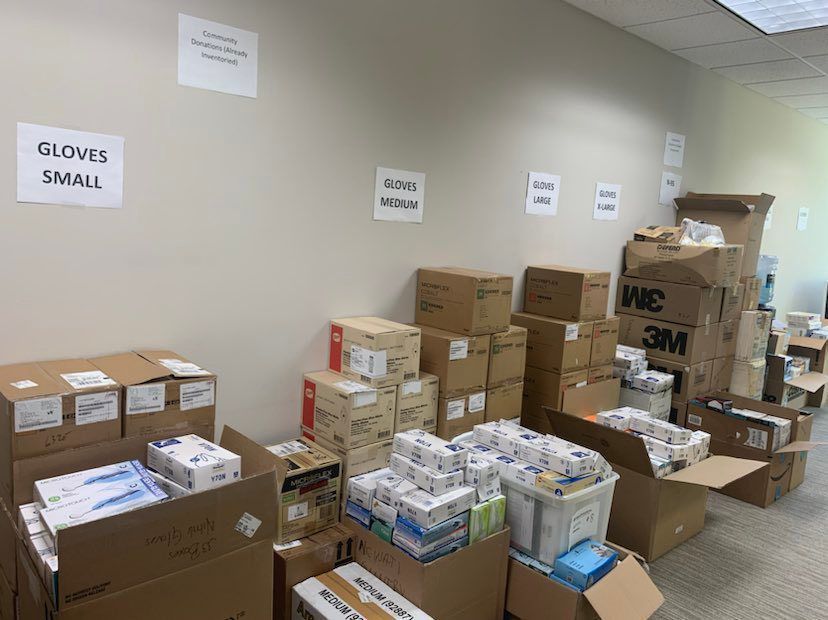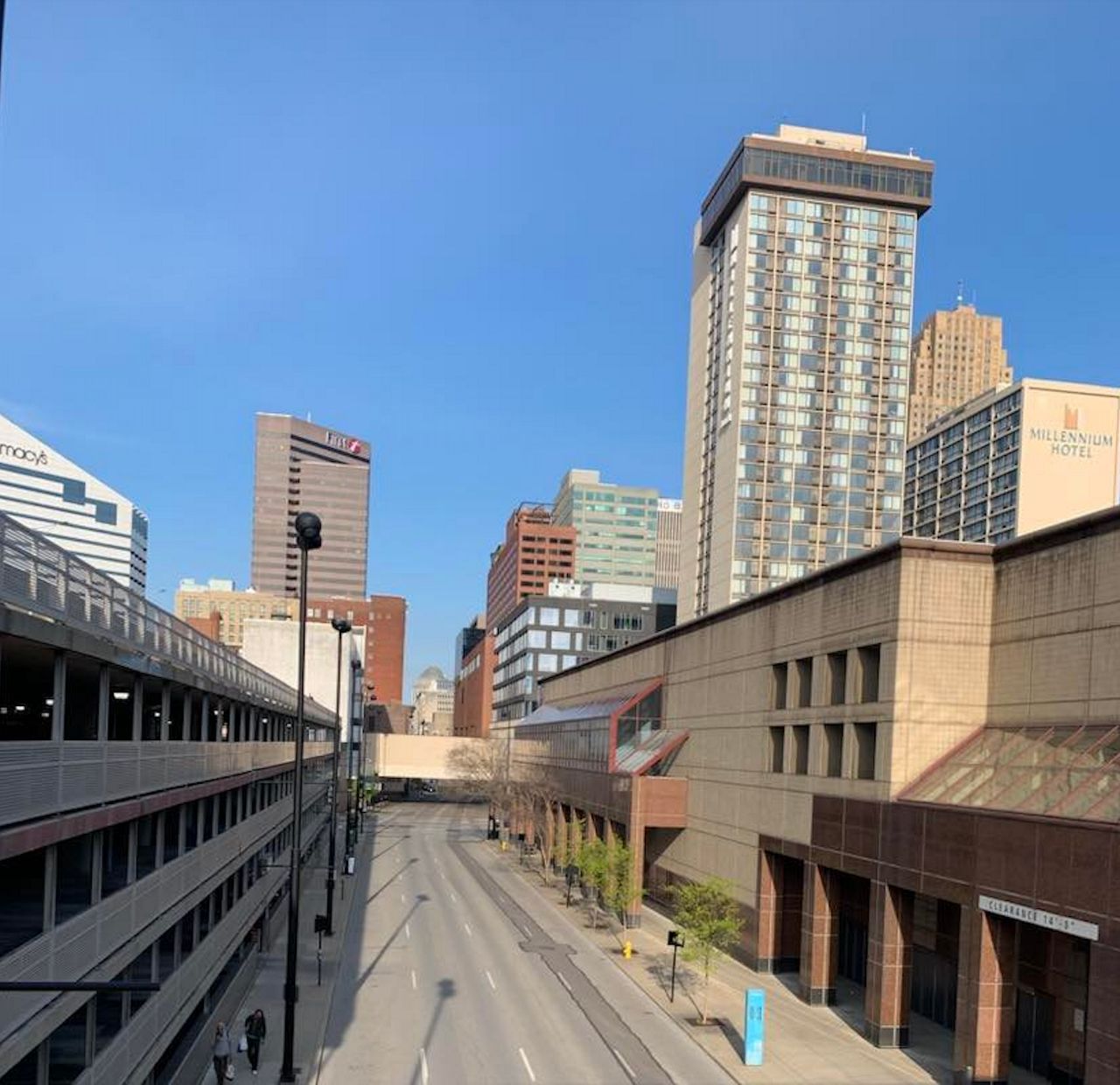CINCINNATI — After more than three years and a handful of months, the United States public health emergency related to the COVID-19 pandemic has ended.
What You Need To Know
- May 11 marked the formal end of the COVID-19 public emergency in the United States
- The pandemic, which lasted more than three years, killed more than 1.1 million Americans
- Southwest Ohio officials credit collaboration between hospitals, government agencies and community groups with helping to slow the spread
- Hospital officials warned to continue to exercise caution as COVID isn’t gone
The decision by the U.S. Department of Health and Human Services is most mostly administrative. It changes some policies related to the pandemic — the purchasing of COVID-19 vaccines by the federal government, the end of certain Medicare and Medicaid waivers and insurance coverage for testing, to name a few.
But for many physicians, elected leaders and medical officials, the end of the emergency marks an important milestone in their work to subdue the most extensive public health crisis in their lifetime.
“We know COVID is still here; we still have people hospitalized with COVID and dying from it in our region and across the country. But just to have that kind of formal permission to say we can let our guard down and move forward is a big recognition of how far we’ve come from a couple of years ago,” said Tiffany Mattingly, vice president of clinical strategies for The Health Collaborative.
The Health Collaborative brings together the region’s hospitals and health systems, long-term care facilities, business partners and government agencies. The group creates actionable plans to address major regional health care events in southwest Ohio.
Over the years, the Cincinnati-based nonprofit has coordinated responses to things ranging from major car crashes on I-75 to a group of long-term care senior facilities losing generator power after a string of fierce storms.

The Health Collaborative officials described downtown Cincinnati as a “ghost town” during the early days of the COVID-19 pandemic. (Photo courtesy of The Health Collaborative)
COVID-19 was a different animal altogether, Mattingly said. The group had emergency plans in place, to-do lists and general instructions for steps to take, but nothing could prepare them for the pandemic, which Mattingly described as “Doomsday-like” when it first emerged in Jan. 2020.
There were nearly 3.6 million hospitalizations in the United States from May 2020 through April 2021, with the largest peak in hospitalizations between December 2020 and January 2021, per the Ohio Department of Health. There’ve been more than 103 million confirmed cases across the country since the start of the pandemic.
To-date, World Health Organization data shows there’ve been 1,125,209 deaths in the country and more than 6.9 million around the world.
The Trump administration first declared what would become known as COVID-19 a public health emergency on Jan. 31, 2020. It became a national emergency that March. Since taking office in January 2021, President Joe Biden has extended multiple times.
At its peak in January 2021, there were more than 1,000 COVID-19 patients in southwest Ohio hospitals every day, with hundreds of them hooked to ventilators. At one time, the regional partners set up a “just in case” stepdown health-care facility at Duke Energy Convention Center for non-COVID patients because of the stress on the hospital network.
But through a mixture of social distancing, mask protocols, testing and eventual vaccination, the spread of the virus has become relatively controllable, Mattingly said.
Since January 2021, COVID-19 deaths have declined by 95% and hospitalizations are down nearly 91%, per HHS data.
On paper, Thursday felt “very similar to yesterday, and the day before and probably tomorrow as well, Mattingly said. “But there’s just something in the air that’s a little different today.”
She described it as “formal permission to start to put COVID behind us and move forward.”
“We can now take much greater control over COVID outcomes,” she added. “This is that line in the sand to let us move in that in that direction and put this behind us.”
Working together to stop slow a global threat
Mattingly praised the work and collaboration of health care officials at Hamilton County Public Health, the Cincinnati Health Department and more than 30 regional hospitals.
Ohio Gov. Mike DeWine asked that UC Health — greater Cincinnati’s academic health system — serve as the lead agency for southwest Ohio’s operational response.
One of those people is Dr. Jennifer Forrester. She helped lead the operational response to COVID as UC Health’s associate chief medical officer and medical director of infection prevention and control.
Forrester believes there were several positives for the medical field born out of the pandemic. Chief among them was the emergence of telehealth as a more prominent screening tool. She also believes the situation brought greater attention to health inequities prominent in many communities. Minorities and people living in low-income areas were among the highest risk to contract COVID, Wall-Forrester said.
She also believes some hospitals may continue to require masks during flu season.
Those efforts have led to dramatic drops in COVID cases locally. Statewide, there are only 192 active hospitalizations and nine intensive care unit admissions, according to the Ohio Department of Health. While deaths are down from the peak, there were still 39 deaths in the state last week.
That total is down from the most recent three-week average of 47.
“We’ve come a long way since the winter of 2020,” Forrester said. She recalled watching as her hospital and others teetered on reaching capacity and the strain that placed on physicals, nurses, orderlies and everyone working in the hospital. They worked long hours, often filled in for shifts even if their skills made them over-qualified.

Gov. DeWine asked that UC Health serve as the lead agency for southwest Ohio’s operational response to COVID-19. That included helping to turn Cincinnati’s convention into a stepdown facility for patients. (Photo courtesy of The Health Collaborative)
A recent study found that about 50% percent of all hospital employees reporting burnout because of the pandemic. The highest levels were among nurses (56%) and other clinical staff (54.1%), based on information from the Harvard Gazette.
“Not only did they get sick, but a lot of them became worn out,” Wall-Forrester said, noting that she knew many people who retired, or left the field as a result of COVID.
One thing that helped the health care system get through the pandemic was the level of collaboration, Forrester said. She referenced being able to see what was going on in different parts of the state and the country.
A big wave in the Cleveland area in 2021, for example, allowed the teams in the southern part of the state to brace for a potential spike in cases in their system, she said.
“We all saw different things at different times, but we were all sort of going through the same type of situation,” she added. “These relationships helped us share information more widely than in the past, so we had much more time to prepare.”
One of those partners was Hamilton County. The Board of County Commissioners played a key role in distributing “transformational” federal funding for things like business support and rental assistance. But they also became an intermediary for distributing a stockpile of gloves, masks and other protective equipment that came from Washington, D.C.
The equipment was welcome, but it also brought a whole host of new challenges, Driehaus said. Namely, they had to figure out who needed what and how to get it to them.
“We learned you need many partners in a situation like that,” Driehaus said, noting that Hamilton County and its health department are now “tied at the hip.”
“These relationships aren’t going anywhere,” she added. “We’ve built a level of infrastructure to where if we have some kind of situation or emergency again, we know who to call and who’s going to do what. That’s a bit of a silver lining of this whole thing.”
‘COVID isn’t going anywhere’
While the rate of COVID has slowed, it’s “something we will have to learn to live with like we have learned to live with other infections,” Forrester said. She admitted that the past three years have led to a herd immunity of sorts among the population.
“It’s here, but we should respect it, too.”
To some, the virus may appear to be little more than a cold, while others will get very sick and maybe die, she said. There also are unknown side effects such as Long COVID symptom, that doctors still don’t understand, Forrester said.

Governmental, health care and community organizations collaborated to collect and distribute supplies throughout the pandemic. (Photo courtesy of The Health Collaborative)
Though reluctant to compare to it measles, the mumps, or other highly contagious respiratory conditions, she stressed that the talking points used since the start of the pandemic remain the same: Get vaccinated, wash your hands and stay home when you’re sick.
“It’s humbling as a medical professional,” she added. “It’s a reminder to me, whenever I talk about our patients, that COVID-19 still can be life-changing, or deadly for some people.”
As for The Health Collaborative, the work isn’t done yet, Mattingly said. She and her team are working to prepare for the “next big thing down the road.” She met the chief nursing officers from the region’s health care systems on Thursday.
On Friday, they plan to continue to prepare by running drills and going through their new operating procedures, Mattingly said.
The Health Collaborative plans to release a comprehensive COVID-19 report later this summer.
“Obviously no one wants a pandemic, because it affects the lives of so many people, but they are inevitable,” Mattingly said. “There’ll be another pandemic, so going through COVID-19 allowed our system and region to look at itself and realize what we can do better and stronger as a group.”




